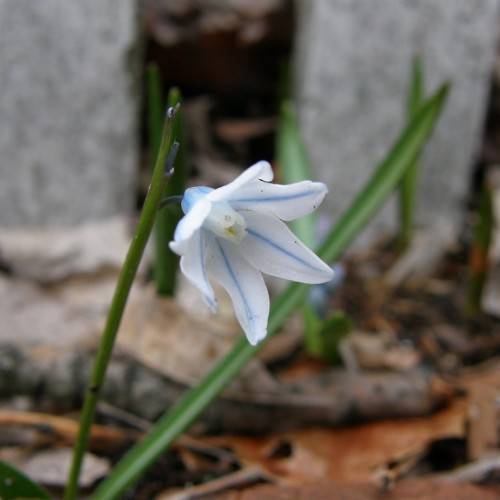
scilla
Scilla mischtschenkoana 'Tubergeniana'
Cycle:
Perennial
Watering:
Average
Hardiness Zone:
4 - 8
Flowers:
Flowers
Sun:
Full sun,part shade
Growth Rate:
Low
Maintenance:
Low
Salt Tolerant:
Yes
Care Level:
Medium
watering
Scilla mischtschenkoana 'Tubergeniana' should be watered no more than once or twice a week, depending on the season. During the growing season (spring and summer), water more frequently, allowing the soil to dry out slightly between each watering. During the fall and winter, reduce watering to allow the soil to almost dry out completely in between waterings. Water enough that the soil is damp but not soggy. Over-watering can cause root rot which can lead to plant death.
sunlight
Scilla (Scilla mischtschenkoana 'Tubergeniana') does best in full sunlight or partial shade. When given at least 5 to 6 hours of direct sunlight a day, the plant will develop thicker stems that become more upright. However, it is best to avoid late afternoon sun, as this will stunt its growth. The plant should be placed in a spot with morning sun and afternoon shade, preferably in a location protected from the wind. Shady spots and over-exposure during high temperatures can cause the plant to become leggy and can diminish floral displays.
pruning
Scilla mischtschenkoana 'Tubergeniana' is a clumping perennial that should be pruned once a year in the late spring, when new growth begins to emerge. Pruning can be done by shearing off the older foliage and flower stems, taking care to avoid the new emerging foliage. In addition, any weak, diseased, or crossing stems should be taken out and thinning of overly dense sections may be done. This can help to maintain the shape of the plant, improve air circulation, and encourages new healthy growth.
